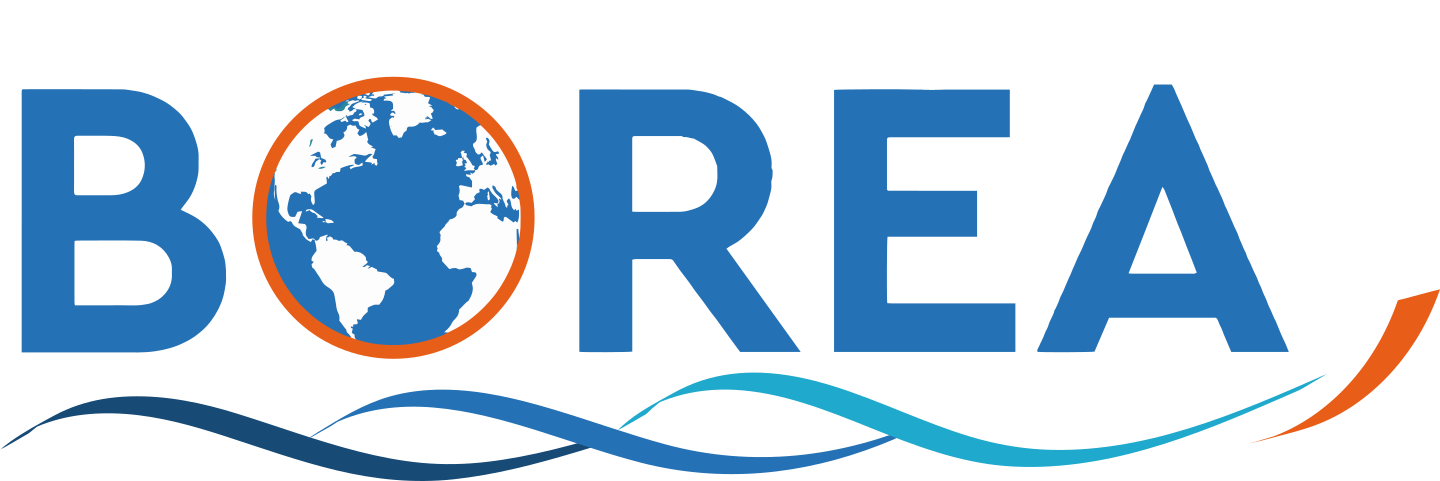Année de publication
2023
Journal
Nature Communications
Volume
14
Ticket
3665
Date de publication
07/2023
DOI
10.1038/s41467-023-38900-z
URL
https://www.nature.com/articles/s41467-023-38900-z
Catégorie HCERES
ACL - Articles dans des revues internationales ou nationales avec comité de lecture répertoriées par l'HCERES ou dans les bases de données internationales
Résumé
Plastic pollution is distributed patchily around the world’s oceans. Likewise, marine organisms that are vulnerable to plastic ingestion or entanglement have uneven distributions. Understanding where wildlife encounters plastic is crucial for targeting research and mitigation. Oceanic seabirds, particularly petrels, frequently ingest plastic, are highly threatened, and cover vast distances during foraging and migration. However, the spatial overlap between petrels and plastics is poorly understood. Here we combine marine plastic density estimates with individual movement data for 7137 birds of 77 petrel species to estimate relative exposure risk. We identify high exposure risk areas in the Mediterranean and Black seas, and the northeast Pacific, northwest Pacific, South Atlantic and southwest Indian oceans. Plastic exposure risk varies greatly among species and populations, and between breeding and non-breeding seasons. Exposure risk is disproportionately high for Threatened species. Outside the Mediterranean and Black seas, exposure risk is highest in the high seas and Exclusive Economic Zones (EEZs) of the USA, Japan, and the UK. Birds generally had higher plastic exposure risk outside the EEZ of the country where they breed. We identify conservation and research priorities, and highlight that international collaboration is key to addressing the impacts of marine plastic on wide-ranging species.

